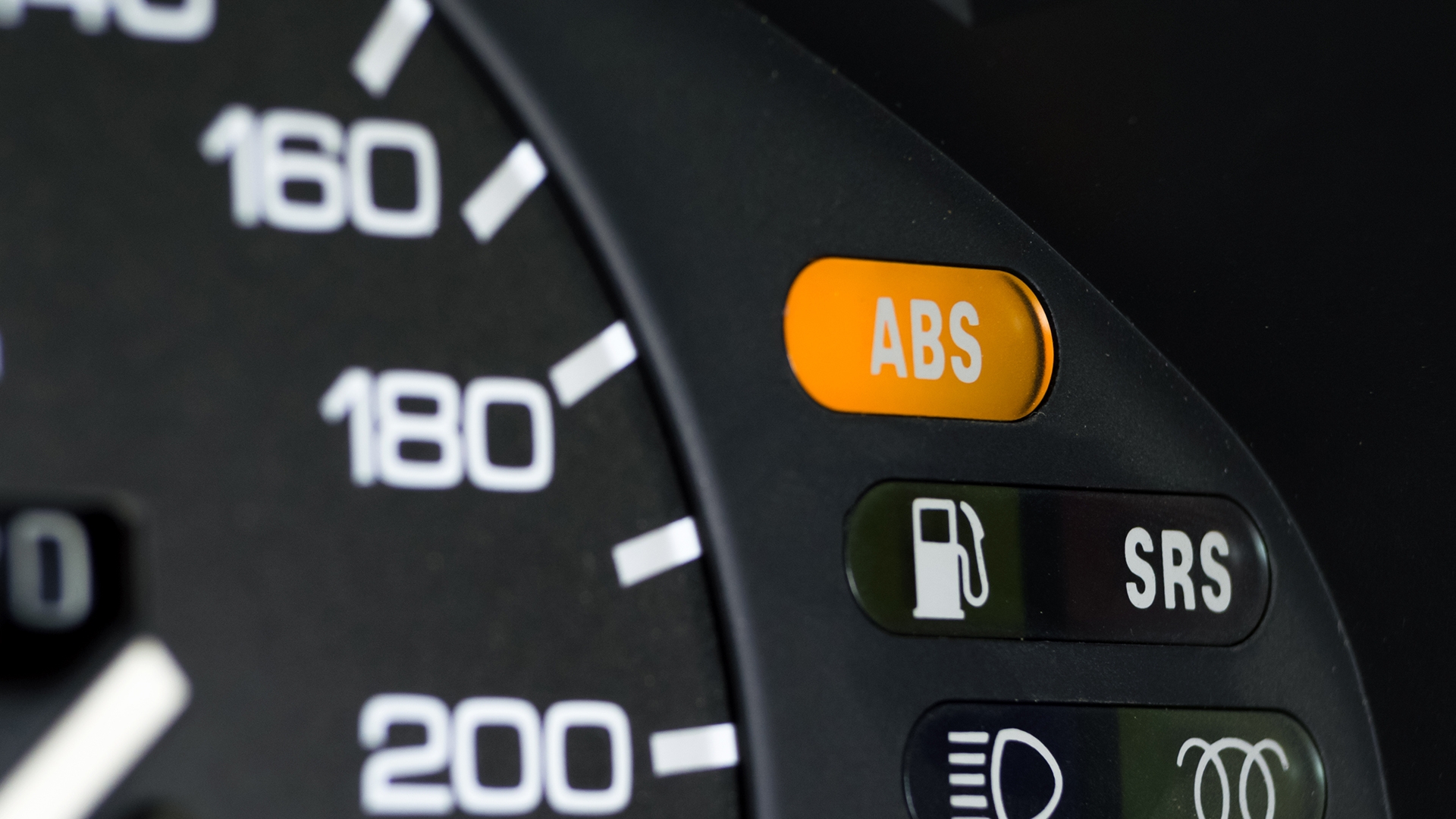Feature article
What is Autonomous Emergency Braking?
What’s Autonomous Emergency Braking and why’s it so important? We break down all of the key info for you.
It’s happened to most drivers at one time or another – you’re driving along in busy traffic, possibly there’s a flash of sun, or you change the radio station, and during the split second distraction the traffic in front pulls to a stop. At best, you hit the brakes in time. At worst, you don’t and collide with the car in front.
What does AEB do?
There’s now a safety feature fitted to cars that can help reduce the rates of collisions - Autonomous Emergency Braking (AEB).
AEB comes in many forms and names, examples include:
- Automatic Emergency Braking
- City Safety
- Collision Mitigation Braking System
- Pre Sense
- Advanced Pre-Collision System
- Smart Brake Support and
- EyeSight.
They all fundamentally do the same thing: calculate if a collision is imminent and brake (or assist the driver to brake) in time to avoid a crash, or mitigate its seriousness.
Does AEB improve safety?
- A recent study by America’s Insurance Institute for Highway Safety (IIHS) showed that autonomous emergency braking reduced the probability of a vehicle experiencing a rear end crash by 43%.
- The same study suggests the technology also reduces the chance of driver or passenger injury by up to 45%.
- The European crash-testing system NCAP says their real-world data shows AEB can cut the number of crashes by 27%.
- Studies in Japan have found Subaru vehicles equipped with their EyeSight system - which includes AEB - had 61% fewer accidents resulting in injury or death per 10,000 vehicles than those without it.
AEB is not perfect - it can warn when sensing a hazard you’re actually at no risk of hitting, or fail to identify an imminent collision - but overall it’s considered reliable.
How can I tell if my car has AEB?
There’s no standard button, light or system for showing if your vehicle has AEB. Your best bet is to ask the dealer or private seller when buying the car. Also, Trade Me car reviews will tell you if your car has this feature.
You’ll generally find the ability to switch the system on and off under an option likely called ‘Driver Assistance’ or similar. Check your vehicle manual for details.
Whilst AEB is fairly new technology - launching in 2008 and increasingly prevalent from 2015 onwards - it’s not uncommon. Many vehicles - particularly those released after 2010 - now have it, including many mainstream models. Subaru announced recently one million of its vehicles were fitted with EyeSight.
Do I need AEB?
It’s a good idea to seek out AEB when you’re buying a car. The Australasian New Car Assessment Program (ANCAP) has been campaigning to make the technology standard on all new cars.
At the very least, it could help you avoid being stuck on the side of the motorway on a wet Friday night after a nose-to-tail crash.
It could also save you, your family or a pedestrian from serious injuries or death.
Other articles you might like




